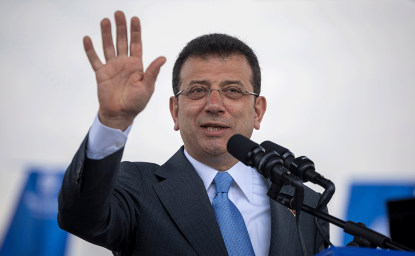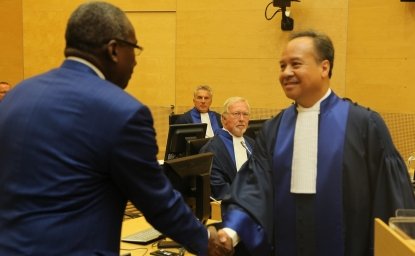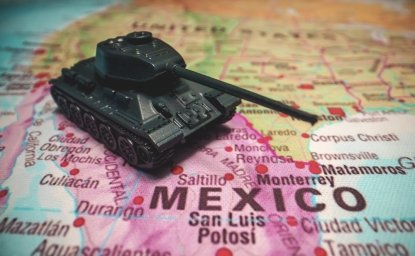The Society and the Council of the Americas AS / COA presented this week the 2020 Index of Capacity to Combat Corruption (CCC).
This edition is relevant because it broadens the scope of the first study, conducted in 2019, documenting progress, setbacks, and best practices. It is not a survey on the perception of corruption, nor is it a record of the incidence of corruption, nor is it a measure of its economic cost. It is about evaluating the capacities of the countries to face the scourge. In other words, beyond speeches and political voluntarism, how well are states able to detect and combat corruption.
The CCC Index covers the 15 countries with the largest economies in Latin America (95% of the region's GDP) and evaluates 14 variables, including the independence of the judiciary, the strength of investigative journalism, grouped into categories of legal capacities, democracy, and political institutions, civil society, the media, and the private sector.
With a rating of 4.55 / 10, Mexico occupies the 8th place, positioning itself in the middle of the table and with a slight decline compared to 2019 (4.65). Although, because of its economic importance, we should be in the group made up of Brazil, Peru, Argentina, and Colombia, given the results in this area, we are located next to Ecuador and Panama.
The countries that ranked the best are Uruguay, Chile, and Argentina. The last, or lowest ranking, are the Dominican Republic, Bolivia, and Venezuela. Peru is the country with the most significant progress this year.
Mexico's strengths are access to public information and transparency, the level of international cooperation in this area, and, notably, the mobilization of civil society against corruption.
The weaknesses are clearly stated:
-Despite the official promise to “end corruption,” Mexico is experiencing a scenario of stagnation and weakness in the detection, punishment, and prevention of corruption.
-Mexico's capabilities are compromised by concentrating the solutions to this issue on presidential will and not on monitoring structural reforms and the implementation of the SNA.
I am left with the authors' conclusions: success in fighting corruption occurs with long-term institutional strengthening. And with the impulse of civil society. There is no other way. As long as that does not happen, Mexico will continue unarmed to fight the battle.
This article was originally published in Spanish in El Heraldo de Mexico.
Author


Mexico Institute
The Mexico Institute seeks to improve understanding, communication, and cooperation between Mexico and the United States by promoting original research, encouraging public discussion, and proposing policy options for enhancing the bilateral relationship. A binational Advisory Board, chaired by Luis Téllez and Earl Anthony Wayne, oversees the work of the Mexico Institute. Read more

Explore More
Browse Insights & Analysis
Imamoglu’s Arrest Sparks Nationwide Unrest and Raises Fears for Turkish Democracy



